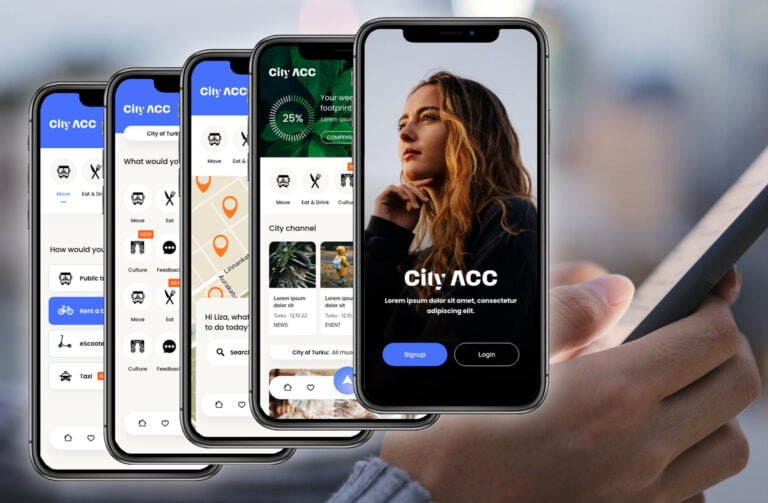By Tuomo Parjanen
CEO of PayiQ
The subscription model has been all the rage lately. All you can watch, all you can listen, all you can read, all you can travel… for a monthly price! It is convenient, but once the monthly deal is done, there are not that many incentives to either increase or decrease usage, nor is there a chance for the customer to save money.
In smart mobility we are seeing a trend that is challenging this and that may be a game changer. It is pay-as-you-go, but with a twist in the end.
In the old days, when you bought a ticket on a bus it was pay-as-you-go. Today a taxi ride or a spin on an electric scooter is pay-as-you-go. Now, what if these were not independent transactions but events in your account, and at the end of the month you’d get a consolidated invoice for all your travels and you’d pay the lowest possible price for your usage? Let’s say you have traveled three times in a day. Instead of charging for three individual rides, the system would charge you the price of a day pass if it is less than three individual rides. Or let’s say you take 20 rides in a month and a monthly ticket would have been a more economical solution than single tickets. Then you are charged a monthly fee.
It may sound a bit counterintuitive at first. Why would anyone give somebody a discount afterwards? Isn’t the idea of discounts to get the deal done – and then maybe charge more later, as happens with mobile phone packages? Well, it starts making sense, if the provider is a city and it wants to incentivize its inhabitants to use more public transportation.
Today big cities are not interested in generic white-label solutions for their smart ticketing. What they want is a customized solution that has a branded look and allows them to own the data and use it to improve their services. In many cases, a city subsidizes its public transportation service because it is in its interest to have as many people use it as possible. Throwing in a new carrot and being able to give the users the possibility to save more when they travel more is an attractive idea. Technologically, using a modern Ticketing-as-a-Service platform, this is relatively easy.
Smart pay-as-you-go solutions also offer cities other opportunities to incentivize the usage of public transportation. The most important may be the introduction of dynamic pricing to the city’s mass transit. Raising the prices a bit during the rush hour and lowering them during quiet times spreads the usage somewhat and helps to optimize the capacity. Another huge opportunity for new pay-as-you-go solutions comes in the shape of company packages. Company cars and garages and all that comes with them are a huge cost. What if a company could offer its employees a public transport deal instead; one that would become cheaper per ride the more the employees used it? Rallying all employees around public transportation would mean significant savings to the company and a much-appreciated relief to the congestion of the city.
Giving people incentives to use public transportation more and to use it smarter is important but not the whole story. Packaging all those single tickets into one consolidated end-of-the-month payment makes a lot of economic sense, too. Margins in transportation ticket sales are very thin to begin with, and if you have to pay a ticketing service provider, a payment service provider and a credit card company something every time a ticket is sold, it makes the equation very difficult for everyone. But if you package all these individual actions into one financial transaction at the end of the month, the cost stays within reason.
The benefits do not stop here. From the point of view of fraud prevention, which is always at the core of any ticketing solution, this model is quite fool-proof. Should someone misuse the system, they’d simply be cut off from using it when found out. If you are not playing by the rules, you don’t have access to saving money.
Many, I’d almost say most, of our discussions with cities, planners and transport authorities are conducted around pay-as-you-go these days. Interestingly, this is also true in the US. Of course, American cities have the same problems of congestion, emissions, and a need for better service. But at times they are reluctant to approach things as top-down as the European cities do. Pay-as-you-go may feel more market-oriented than some of the more all-encompassing approaches. Whether that is the reason or not is not important. The point is, when the Americans get interested, it enforces any trend. Pay-as-you-go is the one to watch right now.
















